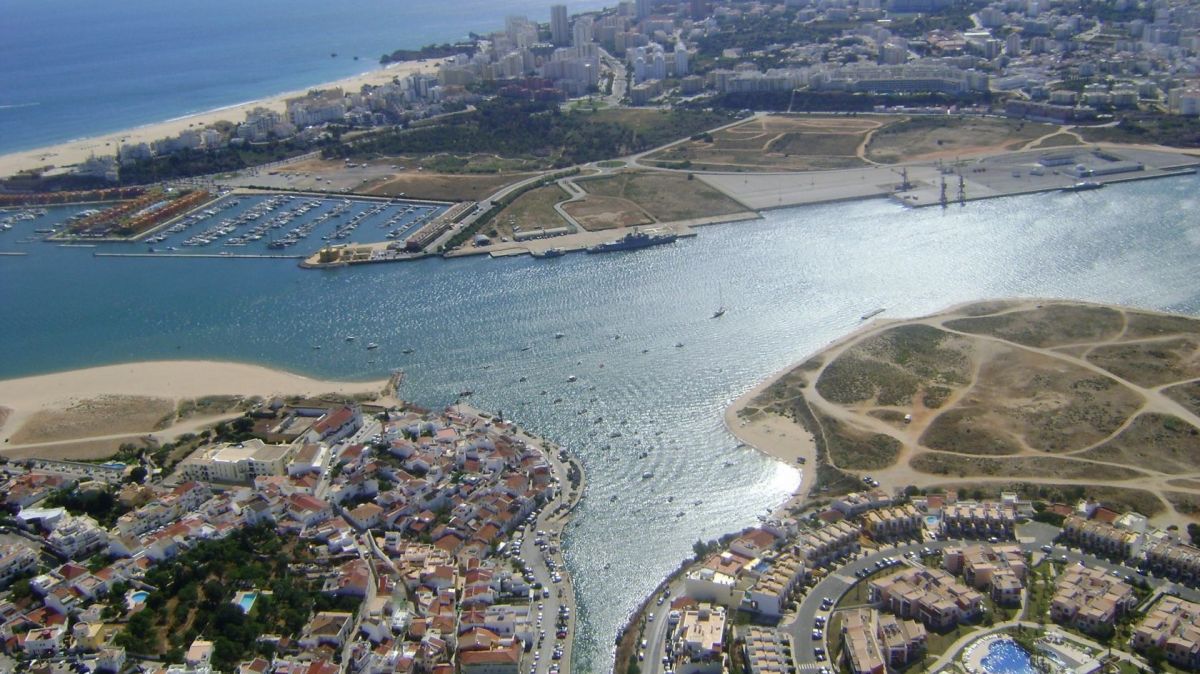The epidemiological situation report, with data updated until midnight on Wednesday, indicates that the northern region is the one with the highest number of deaths (224), followed by the central region (104), the Lisbon region and Tagus Valley (72) and the Algarve, with eight dead. The bulletin today reports on a death in the Azores.
In relation to Wednesday, when 380 deaths were registered, today there was an increase of 7.6% (plus 29).
According to DGS data, there are 13,956 confirmed cases, plus 815, representing an increase of 6.2% compared to Wednesday.
Of the 409 deaths recorded, 265 were over 80 years old, 88 were aged between 70 and 79 years old, 42 between 60 and 69 years old, 10 between 50 and 59 years old and four deaths between 40 and 49 years old.
Of the 13,956 people infected with the new coronavirus (SARS-CoV-2), the vast majority (12,783) are recovering at home, 1,173 (minus 38, minus 3.1%) are hospitalized, 241 (minus 30, minus 11.1 %) of which are being treated in Intensive Care Units.
DGS data, which refer to 78% of confirmed cases, state that Lisbon is the municipality with the highest number of SARSCov2 coronavirus infections (797), followed by Porto (776 cases), Vila Nova de Gaia ( 631), Gondomar (587), Braga (521), Maia (512), Matosinhos (444), Valongo (429), Sintra (334) and Ovar (275).
Since January 1, 115,158 suspected cases have been recorded, of which 3,801 are awaiting the results of the analyzes.
The epidemiological bulletin also indicates that there are 97,401 cases in which the test result was negative. The number of recovered patients increased to 205 (there were 196).
The North region continues to record the highest number of infections, totaling 8,102, followed by the Lisbon and Vale do Tejo region, with 3,451 cases, the Central region (1,905), the Algarve (260) and the Alentejo, which today has 94 cases .
There are still 91 people infected with the covid-19 virus in the Azores and 53 in Madeira.
The DGS records 24,708 contacts under surveillance by the authorities (227 fewer than on Wednesday).
The age group most affected by the disease is 40 to 49 years old (2,483), followed by 50 to 59 years old (2,457), 30 to 39 years old (2,013) and 60 to 69 years old (1,780).
There are also 206 cases of children up to nine years old, 351 of young people aged between 10 and 19 years old and in the ages between 20 and 29 years old there are 1,444 cases.
The data also indicate that there are 1,284 cases of people aged between 70 and 79 years old and 1,938 over 80 years old.
Globally, there are 7,994 infected women in Portugal and 5,962 men.
According to the DGS report, 159 cases result from the importation of the virus from Spain, 118 from France, 68 from the United Kingdom, 43 from Switzerland, 42 from the United Arab Emirates, 29 from Italy, 25 from Andorra, 22 from Brazil, 19 from the USA , 16 from the Netherlands, 14 from Australia, 12 from Argentina, nine from Belgium, nine from Germany, seven from Austria, five from Canada and four from India.
The bulletin also reports on three cases imported from Egypt, three from Guatemala and three from Israel, two from Ireland, two from Jamaica, two from Luxembourg, two from Malta and two from Thailand.
One case was also imported from Germany and Austria and another from Germany and Ireland. There is also a case imported from countries such as Azerbaijan, Cape Verde, Chile, Cuba, Denmark, Indonesia, Iran, Maldives, Morocco, Mexico, Norway, Pakistan, Poland, Qatar, Czech Republic, Singapore, Sweden, Ukraine and Venezuela.
According to DGS, 58% of patients positive for the new coronavirus have cough symptoms, 45% fever, 31% muscle pain, 28% headache, 23% general weakness and 17% breathing difficulty. This information refers to 78% of confirmed cases.
Covid-19, caused by the new SARS-CoV-2 coronavirus, is an acute respiratory infection that can trigger pneumonia.
Portugal, in a state of emergency until April 17 and where the first case was confirmed on March 2, is already in the third and most serious phase of response to the disease (Mitigation Phase), activated when there is local transmission, in a closed environment, and / or community transmission.
The new coronavirus, responsible for the covid-19 pandemic, has already infected more than 1.5 million people worldwide, of whom nearly 89,000 died.
Of the cases of infection, more than 312 thousand are considered cured.
COVID 19: Portugal Update, 9 April
in News · 09 Apr 2020, 15:47 · 2 Comments










Data, data, data and more data, stop the number overload, it does nothing, the question is why is the curve flattening or downward in many countries yet heading skyward in Portugal.
How about changing the numbers to better statistics like race, age, country of birth, underlying health conditioned, cigarette and coffee addicts, why so many sick and dying in Portugal ? Tell me.
Could it have something to do with the unhealthy habits of the people, the food they eat followed by a cigarette at the dining table inflicting second hand smoke on everyone around them including children and the elderly, just go to any cafe, will anything change, will any laws change in the future i wonder or will the government say, our revenue is down lets invent more new taxes.
By Mr John from Algarve on 10 Apr 2020, 10:03
I implore you all to Google Dr John P.A. Ioannidis re: the wrong way that data is being used in most countries.
1. Until it is known how many people are infected overall, the fatality rate is nonsense. It serves to instil fear.
2. No one will know for several months, but the indication is that CV19 will have been about as dangerous as the flu, as stated by Dr Fauci, US CDC in a peer-reviewed paper. It's quite inexplicable that he is saying the opposite in public statements.
3. How many people are dying WITH CV19, but not OF CV19?
4. What is the excess death burden for these crisis months? Again, it won't be known until later, after we have been pulled down the rabbit-hole of reduced civil liberties.
5. People are not dying of CV19, but of other illnesses due badly damaged immune systems and decades of poor diet (sugar and processed foods), making them extremely sensitive to illness.
I advise you to research very diligently, take main stream media with a pinch of salt and take your health into your own hands. Find out what the real experts are saying such as Dr Wittowsky, Dr Raoult and many others.
In many countries 'flattening the curve' is delaying the onset of herd-immunity, essential for resisting other mutations to come. This strategy, of which home confinement is a part, is mainly to relieve the burden on health services that have been run down - the curve will be flatter, but longer, meaning the area underneath (and deaths) will be same.
You have been kept inside purely to ease the burden on health services that are not sufficiently robust to absorb crises.
It isn't necessary to delve into strange conspiracy theories, just gently research, eat properly, exercise and stop being AFRAID!
Peace to you all.
By Jim Bruce from Algarve on 10 Apr 2020, 15:44